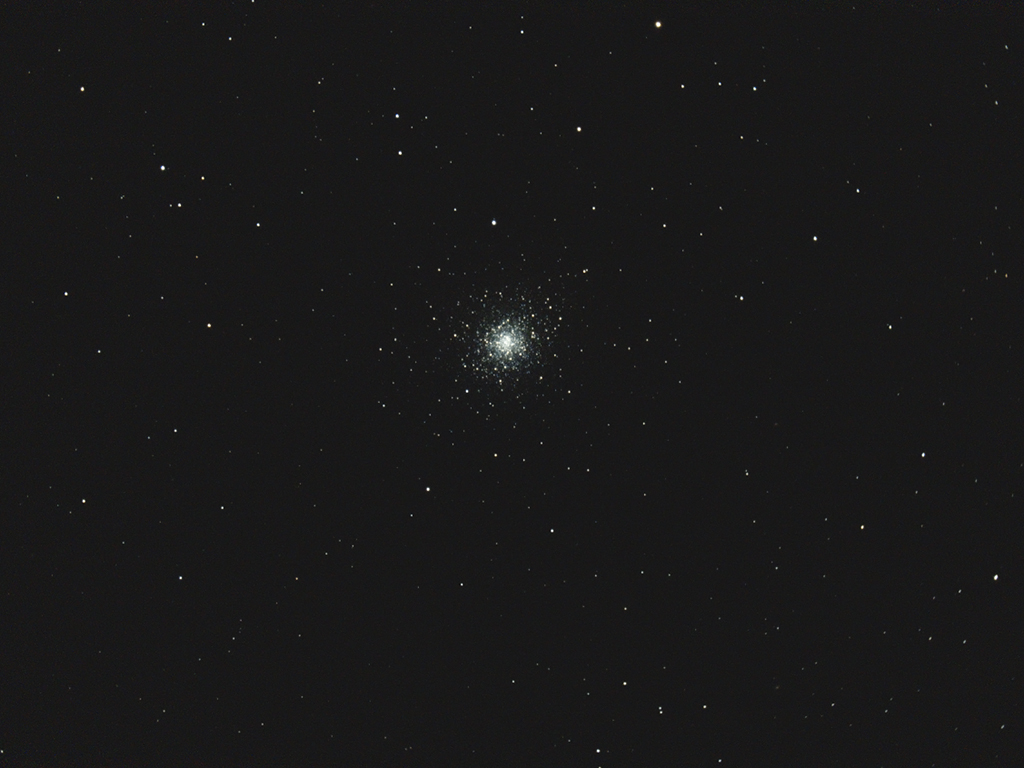
Telescope: 8” LX80 @ f/6.3, LX90 mount, altaz mode
Camera: Baader modified Canon 600Da, interval timer
Filter: GSO IR Blocking Filter
Guide scope: None
Exposure: 32x10sec, ISO 1600, saved as RAW
Darks: Internal (Long Exposure Noise Reduction On)
Flats: 32×1/25sec, Tee shirt flats taken at dusk
Average Light Pollution: Red zone, Bortle 8, fair transparency
Lensed Sky Quality Meter: 18.5
Stacking: Mean with a 1-sigma clip.
White Balance: Nebulosity Automatic
Software: Deep Sky Stacker, Nebulosity, Photoshop
M92 is the ‘other’ globular cluster in Hercules. M92 lies to the northeast of the popular M13 globular cluster in a relatively lonely patch of sky making it a bit harder to locate, but well worth the effort. Interestingly, M92 is listed as being fainter than M13 (Mv 6.4 for M92 vs. 5.8 for M13), but I find the core of M92 to be a tad brighter than M13. This is likely the result the apparent size of M13 being larger than M92 giving M13 a higher total integrated brightness.
This is part of a series of images that I am taking to explore deepsky imaging using fairly basic equipment and techniques.
M92 is currently well placed high in the west after sunset.

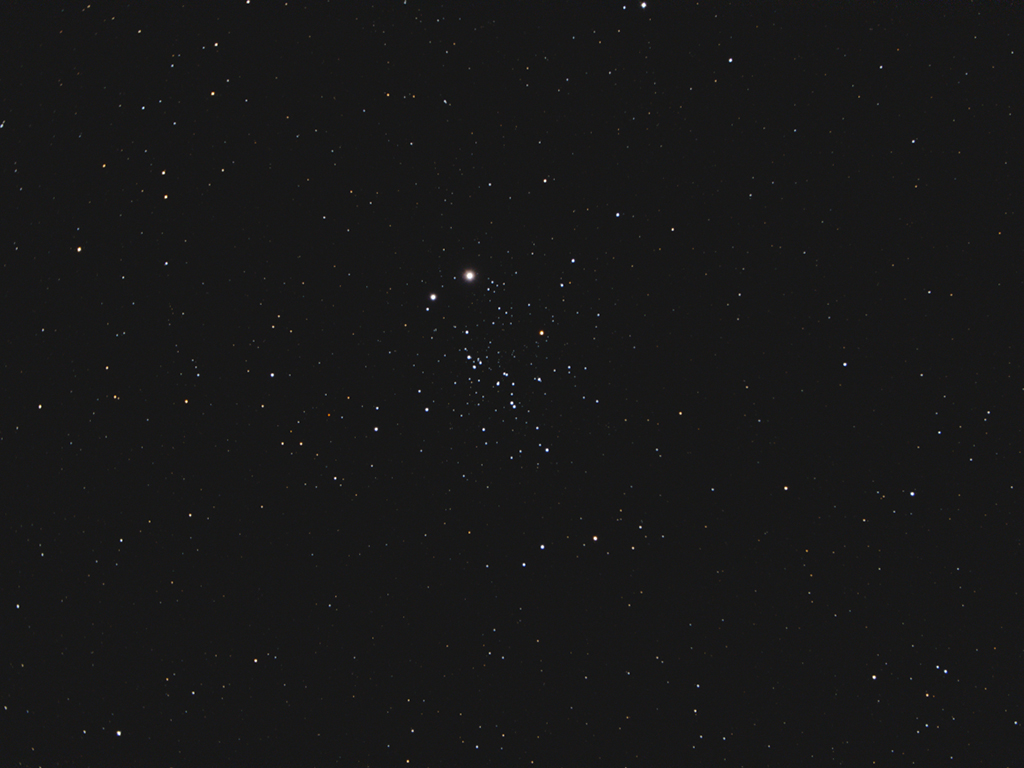
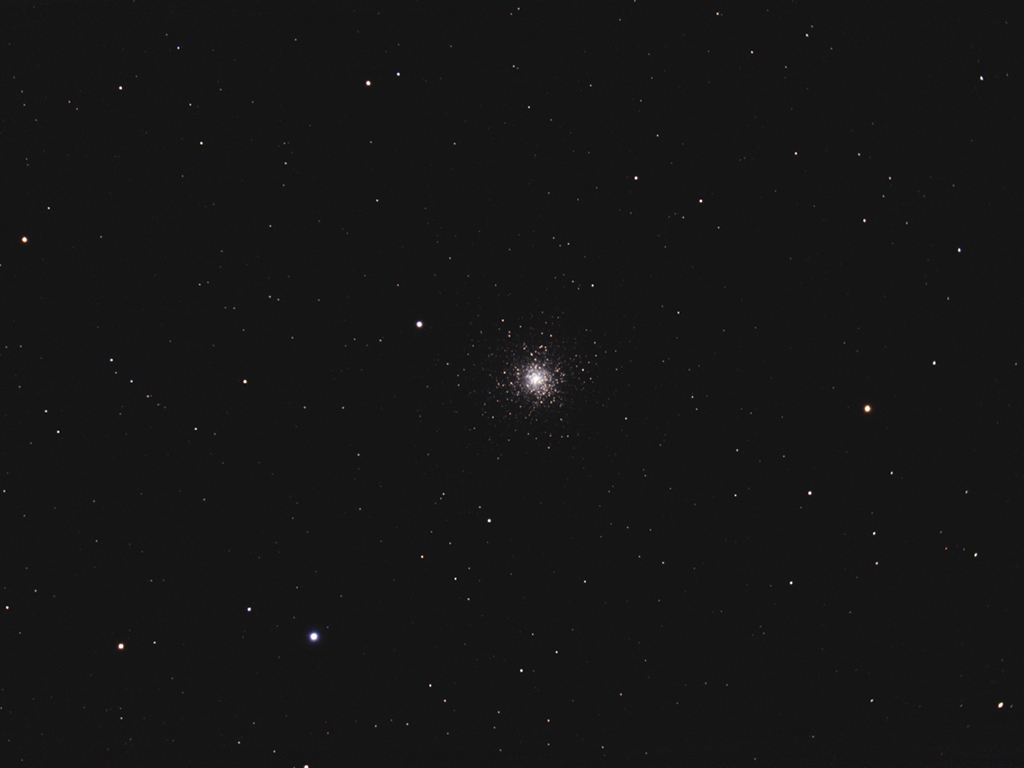
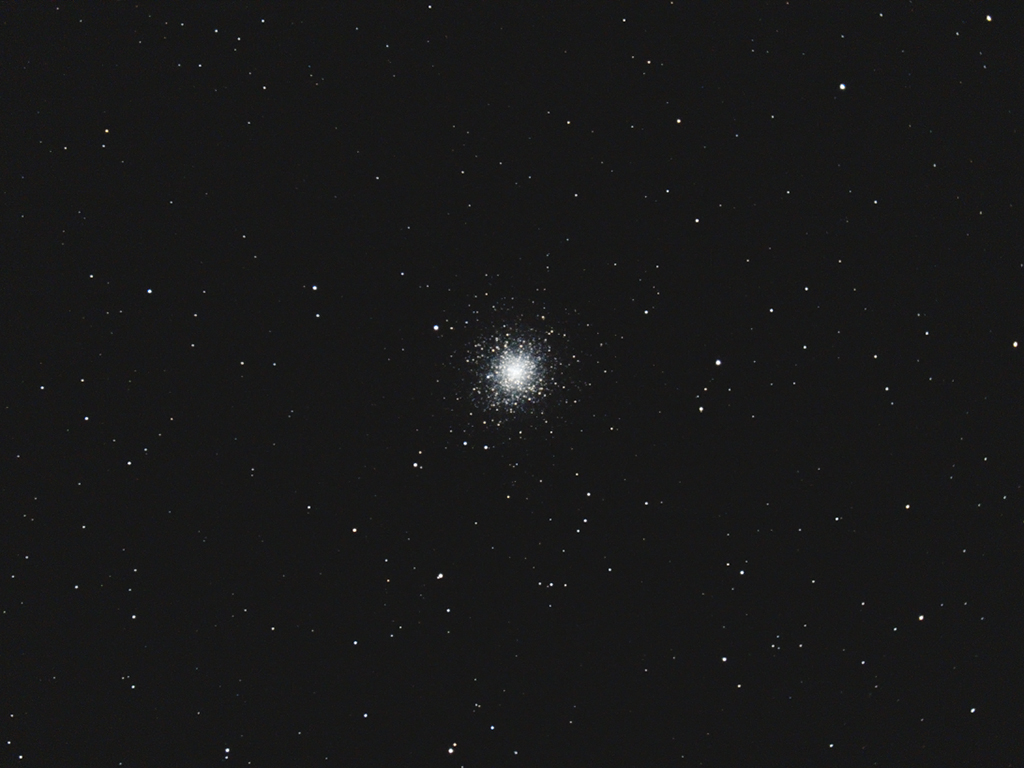

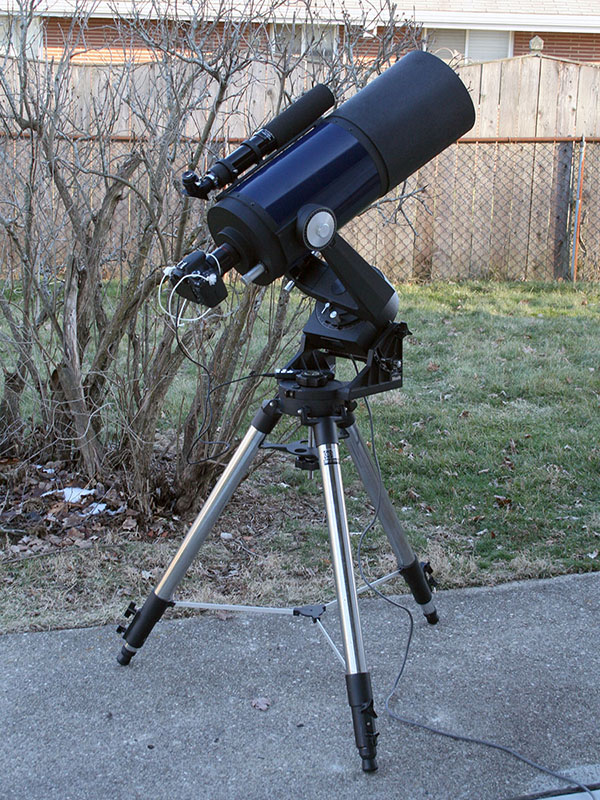
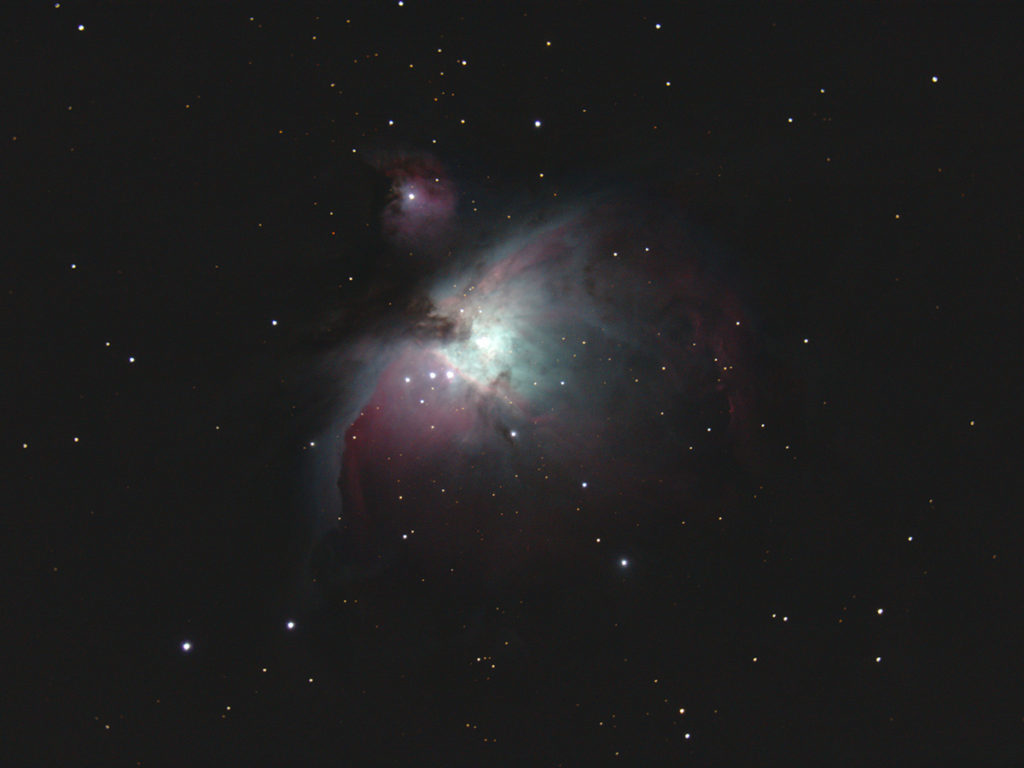
Recent Comments